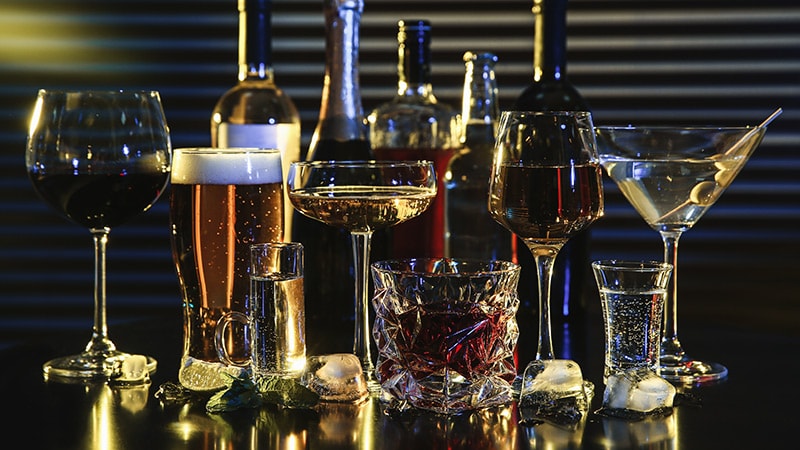Key Takeaways
• A study by the French Agency for Food, Environmental and Occupational Health & Safety (ANSES) measured microplastics (MPs) in various beverages sold in France.
• Contamination was found in all drinks, including those in glass bottles.
• Without toxicological data, the health risks associated with the consumption of MPs remain unclear.
Since the 1950s, plastic production has soared, and single-use plastics have driven pollution in both terrestrial and aquatic environments. As they degrade, they form micro- and nano-plastics that permeate every ecosystem — from 10,000 m beneath the ocean surface to Himalayan glaciers and even clouds.
A French national study by the MICROSOF project — led by National Research Institute for Agriculture, Food and Environment and Institute for Research in Materials — found MPs in 75% of soil samples across 33 sites. The findings highlight the widespread presence of MP pollution in French soils and its potential risks to ecosystems and agriculture.
Health Risks
Although quantifying MPs in the environment and human samples is challenging, micro- and nano-plastics can penetrate organs of exposure, such as the lungs, colon, and skin, and reach distant organs, such as the testes, placenta, kidneys, and brain.
A report by the Parliamentary Office for Scientific and Technological Assessment stated that 0.5% of the brain mass is made up of plastic. Moreover, the number of MPs in the lungs increases with age, suggesting long-term persistence in the body. Data indicate that MP exposure may increase the risk for conditions such as stomach cancer, myocardial infarction, and stroke. Their toxicity is also linked to the chemical substances they contain or can absorb from the environment; over 4000 are classified as hazardous to human health.
Contamination Levels
Humans primarily ingest MPs through contaminated food and drinks. Numerous studies have noted the presence of MPs in bottled and tap water and in certain foods, such as vegetables, fruits, meat, eggs, tea, and rice.
ANSES researchers recently measured MP counts in bottled water, soft drinks, iced teas, lemonades, beers, and wines. They detected MPs measuring 30 μm to 500 μm in every beverage, with levels varying by beverage type.
Bottled water showed relatively low concentrations (2.9 MPs/L compared to the results already published in the literature. Sodas and lemonades registered 31.4 MPs/L and 101.5MPs/L, respectively; iced teas, 14.6 MPs/L; and beer, 84 MPs/L, with no notable difference between the varied brands evaluated. Wine in glass bottles averaged 12.0 MPs/L, although other studies have reported higher levels. The authors caution that comparing studies is challenging given the variations in standards, the variability in the size of the particles considered, the samples, and the volumes taken.
Glass Bottles
Beverages in glass bottles contained higher levels of MPs than those in plastic bottles or cans. The MPs matched the colour and polymer composition of the cap materials, suggesting that cap abrasion during large-scale storage drives contamination. Washing caps before sealing can significantly reduce MP levels. Within the glass bottle category, only wine stands out because of the use of cork stoppers.
This story was translated from Univadis France.
Source link : https://www.medscape.com/viewarticle/think-glass-bottles-are-safer-think-again-2025a1000ht8?src=rss
Author :
Publish date : 2025-07-04 12:33:00
Copyright for syndicated content belongs to the linked Source.
